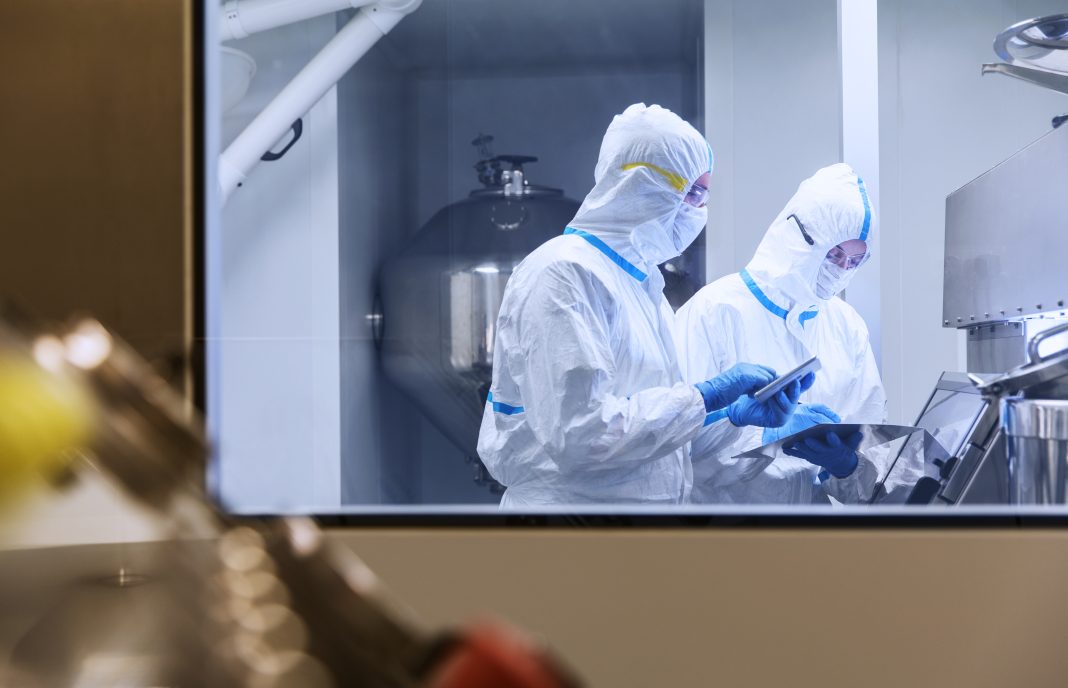Effectively using a perfusion bioreactor for continuous bioprocessing depends on process control. “However, most experimental applications and reported studies are based on simple models and follow single input and output strategies, like feedback control algorithms,” according to an article written by Alois Jungbauer, PhD, professor and head of the department of biotechnology at the University of Natural Resources and Life Sciences in Vienna, Austria, and his colleagues. Predictive control could improve many aspects of continuous bioprocessing.
“Predictive control looks into the future with the help of a mathematical model and thus controls the process more accurately and faster,” Jungbauer says. “Our algorithm optimizes the velocity gradient during loading of chromatography with the help of a mathematical optimizer.” To do that, Jungbauer says, “We start at the highest possible velocity and slow it in order to achieve high productivity and high column utilization.”
This technique could improve the efficiency of continuous bioprocessing with a perfusion reactor. “We can achieve similar productivity and column utilization compared to counter-current chromatography but with much lower complexity of equipment,” continues Jungbauer. “With our algorithm, one can substantially save buffer and chromatography resin.”
Predictive control can also increase the output of continuous bioprocessing. Jungbauer and his colleagues wrote: “We demonstrated the possibility of maximizing product yields simply by adjusting perfusion control strategies.” Over a 30-day period of continuous bioprocessing, the scientists found that predictive control can reduce the loss of product by 4.5–10%.


